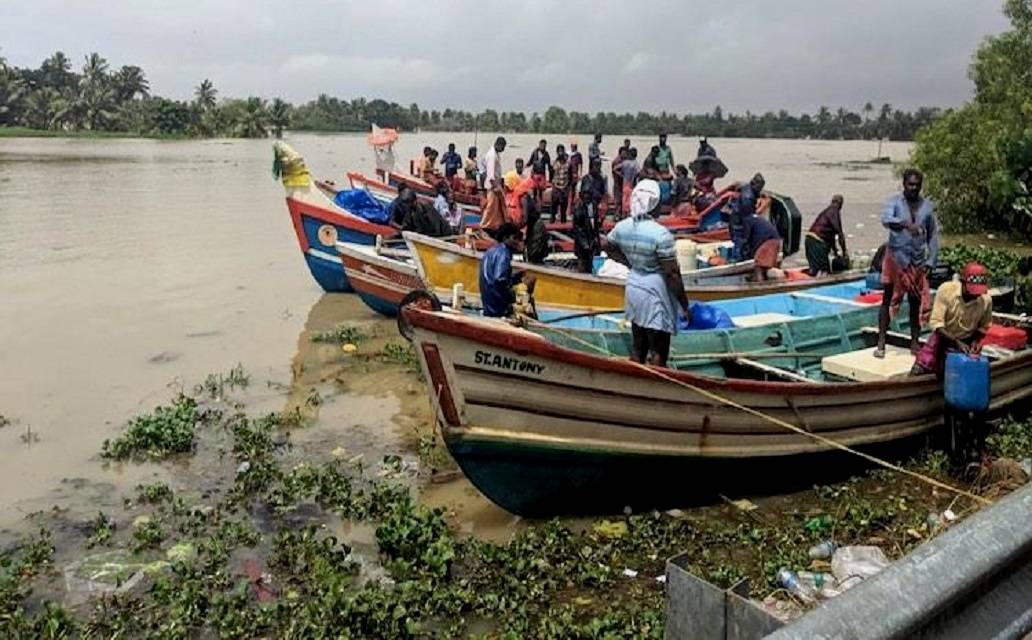
Union Finance Minister Nirmala Sitharaman has proposed an Agriculture Infrastructure and Development Cess of Rs.2.5 per liter on petrol and Rs.4 per liter on diesel in the Union Budget delivered on Tuesday.
In February, the price of kerosene doubled, raising the fuel price by about Rs.8 per liter.
In February, the price of kerosene doubled, raising the fuel price by about Rs.8 per liter. Food and Civil Supplies Minister G.R. Anil, on the other hand, has stated that the state will continue to sell PDS (public distribution system) kerosene at the January price.
Fishermen welcomed the State Government's decision. "The Kerala government has made a statement by deciding not to raise the price of PDS kerosene. However, the rise in petrol and diesel prices due to the cess is a significant blow to the fishing industry," said Charles George of the Matsya Thozhilali Aikya Vedhi, a traditional sector fishermen' union.
According to Jackson Pollayil of the Kerala Swathanthra Matsya Thozhilali Federation, the fuel increase in price will have an impact on the fishing community in the midst of a lean season and poor landings.
According to Joseph Xavier Kalapurackal of the Kerala Mechanized Boat Owners' Association, with the heating of the ocean waters, fish shoals are moving to deeper seas, which means trawling boats need to spend more time and fuel to catch fish.
With petrol and diesel prices above $100 per liter, fishing operations are becoming unprofitable. According to him, the new hike will break the industry's back.
George believes Kerala should put pressure on the Centre to offer a special kerosene quota for the fishing industry. In addition, the Centre must offer kerosene subsidies to the fishing industry.
The quantity of subsidized kerosene for the fishing industry has declined over the years. The fishing industry requires around 20,000 kl every month, but only obtains approximately 12,000 kl every three months. During 2001-05 the supply was 28,000 kl. According to George, it plummeted to 18,500 kl in 2010.
Boats with engines with a maximum power of 9.9 hp are eligible for 129 liters of subsidized kerosene per month in the traditional sector. However, hardly one-tenth of the supplies are being received, according to George.
Fish Drought
Most conventional boats with in-board engines are anchored now that the lean season has arrived, he added. Their dissatisfaction originates from the condition resembling fish-drought.
Oil sardine landings have declined from 3.99 lakh tonnes in 2012 to 13,500 tonnes in 2021, making it the most popular fish among both fish eaters and fishermen.
Kerala has the most fishing vessels among maritime states, with an estimated 37,000, of which around 20,000 may get fuel subsidies, according to George.
















